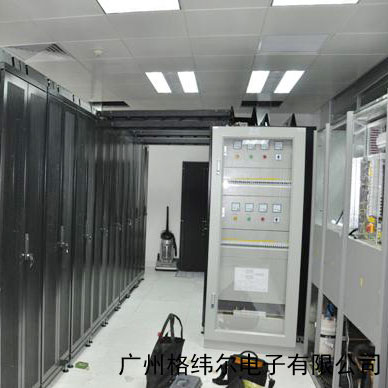Differences Between Network Cabinets, Server Cabinets, and Generic Cabling Cabinets
When selecting cabinets for your data center or network infrastructure, you’ll often come across three types: network cabinets, server cabinets, and generic cabling cabinets. But what sets them apart?
Each of these cabinets serves a distinct purpose, which can be inferred from their names. However, the primary differences lie in their width, depth, and intended use. Here’s a breakdown:

1. Network Cabinets
Network cabinets typically come in widths and depths of 600mm x 600mm or 600mm x 800mm. These cabinets are designed to house network equipment such as switches, routers, firewalls, encryptors, and other network communication devices like optical transceivers and modems. Their compact size makes them ideal for environments where space is a concern.
2. Server Cabinets
Server cabinets, on the other hand, are usually larger, with dimensions of 600mm x 900mm, 600mm x 960mm, or 600mm x 1000mm. The depth is crucial here because rack-mounted servers typically require around 800mm of depth, and with the addition of cables and necessary airflow for cooling, a depth of 960mm or more is often recommended. Since server cabinets need to support heavier equipment, higher-quality materials and greater load capacity are essential for ensuring stability and durability.
3. Generic Cabling Cabinets
Generic cabling cabinets are generally sized at 800mm x 600mm or 800mm x 800mm and are equipped with widened vertical cable slots. These cabinets are ideal for large-scale cabling projects where numerous cables need to be neatly organized and accommodated. The added width allows for better cable management, making them perfect for structured cabling systems.
Internal Dimensions
Regardless of the external dimensions—whether 600mm or 800mm in width—all three types of cabinets feature a standard internal width of 19 inches. This is the standard width for most rack-mounted equipment. However, generic cabling cabinets offer the flexibility to adjust the internal columns, expanding the internal width to 27 inches to accommodate older servers and non-standard equipment that exceed the standard 19-inch width.
